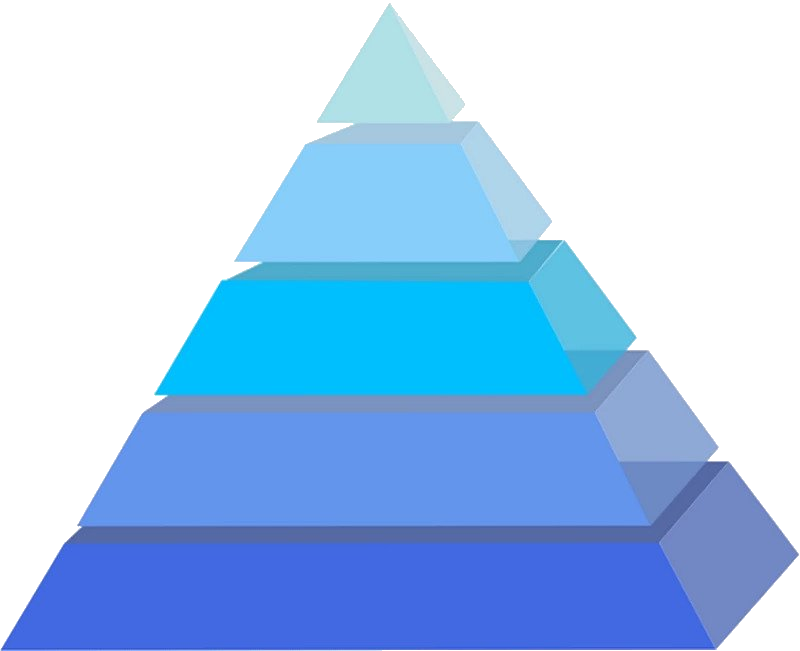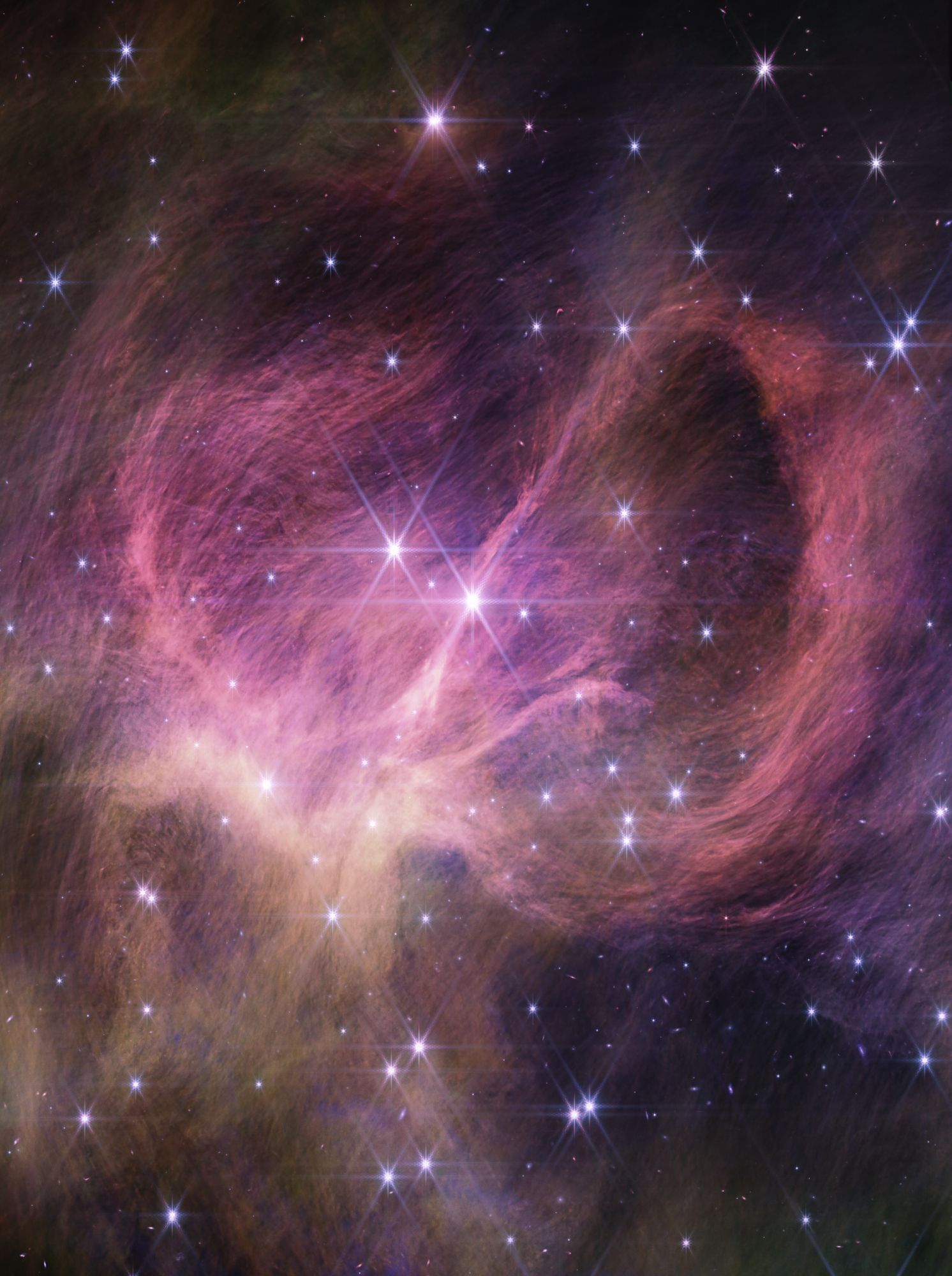It's brown dwarf, not brown dwarf star. And this is a major point with me. While it is accurate, it is not widely used or widely understood by a lay person. I get that accuracy is important but so is user experience.
I saw that throughout the thread, the OP had to clarify several times that "brown dwarf" is not the same as "brown dwarf star".
I would like to clarify that there is no such thing as a “brown dwarf star”, so if someone reads “brown dwarf level” and sticks ‘star’ into it by mistake it doesn’t really matter as everyone is referring to the same object.
This, however, is not the case with “dwarf star level”. Because there
are such things as ‘dwarf stars’ and
they are not a part of the tier named after them. Real dwarf stars correspond to tiers Low 4-C (red dwarf stars) and 4-C (yellow dwarf stars) respectively.
We want to keep things simple with our tier names, since we use these 3 words to tell people a lot about a character's strength. If someone sees "Dwarf Star level", they will get the general idea of what it is compared to our other tier names. If they want to delve deep in detail, they can use our information pages (tiering system, attack potency chart, etc.). As long as the name is simple and gives the general idea, I think it is fine to have.
This is the issue I have with the tier - it gives the
wrong impression to those at all familiar with either term. While “brown dwarf” gives the correct idea to anyone with any knowledge of astronomy, those in this thread that have added “star” to “brown dwarf” make it clear that those less familiar with astronomy are still making the same connection as those who use “dwarf star” to refer to this tier currently are.
The difference between “brown dwarf” and “brown dwarf star” is a matter of semantics and scientific precision in language, however provides no substantive challenge to clarity in our tiering, because both refer to the same object (as there is no real “brown dwarf stars”).
The difference between “dwarf star” and “brown dwarf star”
is a matter of a serious substantive challenge to clarity in our tiering because the words refer to
two different and distinct classes of objects. It is a serious problem if we have a tier called “dwarf star level”
that has no dwarf stars in it, but instead dwarf stars occupy different tiers while a different,
mutually incompatible class of objects occupy the tier.
I am not against keeping an accurate name but I want that term to be generally understood by a lay person, something that is in colloquial use.
If you wish to have a tier with a name that is
at all accurate I beg of you to support this revision. “Brown Dwarf” is the only name that is both accurate and in colloquial use. If you wish to minimize confusion and maximize accuracy, this is the way to go.

And this is a major point with me. I get that accuracy is important but so is user experience.
I fully understand and appreciate the concern for user experience. But I would say user experience is best served by accurate names that do not spawn
sporadic confused discussions about why a tier is labeled with a misleading name.
If you wish for people to have the best time understanding and using the tiering system, such will be served best by when google searches on the names of our tiers do not increase confusion as oppose to reduce it.

